
Author Mads Timmermann
Mads has 14+ years of experience as a skin expert and has written/read this article.
Introduction
Forehead acne is a common skin issue many of us face at some point in our lives. It is particularly prevalent among teenagers and young adults, but can affect people of all ages. This type of acne can be frustrating to deal with, but understanding the underlying causes and implementing effective treatments can help us greatly reduce its prevalence and severity.
There are several factors that contribute to the development of forehead acne. These include excess oil production, clogged pores, inflammation, and hormonal imbalances. By incorporating a consistent skincare routine and making certain lifestyle adjustments, we can significantly lessen its impact on our lives.
In this article, we'll explore the common causes of forehead acne and discuss various methods to get rid of it. By better understanding the factors that contribute to this skin condition, we can effectively address the issue and improve the overall health and appearance of our skin.
The Causes of Forehead Acne
Excessive Oil Production
One of the primary causes of forehead acne is the excessive production of oil (sebum) on the skin. Sebum is essential for keeping our skin moisturized, but when it is produced in excess, it can clog the pores and lead to the growth of acne-causing bacteria. To combat this issue, we recommend using a gentle cleanser and oil-free moisturizer on a regular basis.
Hormonal Changes
Another leading cause of acne, particularly on the forehead, is hormonal changes. Fluctuations in hormones can lead to an increase in sebum production, which in turn can cause acne. Some common hormonal triggers include puberty, menstruation, and pregnancy. For many individuals, hormone-related acne can be managed through stress management, a balanced diet, and consultation with a healthcare professional.
Lifestyle Factors
Finally, various lifestyle factors can contribute to the development of forehead acne. These may include:
- Stress: Stress can not only increase sebum production, but it can also lead to skin inflammation which exacerbates acne.
- Diet: Certain foods, particularly those high in sugar or processed carbohydrates, can cause inflammation and contribute to acne.
- Poor skincare habits: Neglecting to regularly cleanse and exfoliate the skin, as well as frequently touching the face, can lead to clogged pores and acne.
- Hair products: In some cases, hair products containing oils or other comedogenic ingredients can contribute to acne on the forehead, as they come into contact with the skin.
By addressing these lifestyle factors, we can work together to reduce the likelihood of forehead acne and promote clearer, healthier skin.
Effective Methods for Treating Forehead Acne
Forehead acne can be caused by various factors such as excessive oil production, bacteria, hormonal changes, and poor hygiene. To effectively address this issue, it's essential to take appropriate measures. In this section, we will discuss various over-the-counter treatments, prescription medications, and home remedies for treating forehead acne.

Over-the-Counter Treatments
There are several over-the-counter treatments available for forehead acne. Some of the most common options include:
- Salicylic acid: This ingredient helps to unclog pores by removing dead skin cells and excess oil. Regular use of products containing salicylic acid can significantly improve acne symptoms.
- Benzoyl peroxide: It works by killing acne-causing bacteria and reducing inflammation. It's available in varying concentrations, from 2.5% to 10%.
- Glycolic acid: As an alpha-hydroxy acid, it helps exfoliate dead skin cells, preventing pore clogging, and promoting skin rejuvenation.
- Tea tree oil: Known for its natural antibacterial and anti-inflammatory properties, tea tree oil can be an effective alternative for treating mild to moderate acne.
Remember to patch-test products on a small area of your skin before using them regularly to avoid possible allergic reactions or further irritation.
Prescription Medications
If over-the-counter treatments aren't effective, consider consulting a dermatologist. They may prescribe stronger medications, including:
- Topical retinoids: These drugs, derived from vitamin A, help promote skin cell turnover and prevent pore clogging. Common examples include tretinoin, adapalene, and tazarotene.
- Oral antibiotics: For more severe acne cases, dermatologists might prescribe antibiotics like doxycycline or minocycline to reduce inflammation and kill acne-causing bacteria.
- Oral contraceptives: In some cases, hormonal imbalances may cause acne. Oral contraceptives can help regulate hormonal levels and subsequently reduce acne breakouts.
Home Remedies
In addition to over-the-counter treatments and prescription medications, you can try some home remedies for forehead acne. These include:
- Regularly cleansing your face: Make sure to wash your face twice a day with a gentle, water-soluble cleanser to remove excess oil, dead skin cells, and other impurities that can contribute to acne.
- Changing your pillowcase frequently: Pillowcases can accumulate oil and bacteria overtime, which might worsen acne. Change your pillowcase every few days to minimize this risk.
- Applying aloe vera: Aloe vera gel, known for its soothing and anti-inflammatory properties, can help reduce redness and inflammation associated with acne.
- Avoiding hair products: Some hair products, such as hair oils and pomades, may cause or aggravate forehead acne. Try switching to non-comedogenic alternatives or minimize their use.
By using a combination of over-the-counter treatments, prescription medications, and home remedies, we can effectively manage and treat forehead acne, improving our overall skin health and appearance.
Preventive Measures to Avoid Forehead Acne
Skincare Routine
To prevent forehead acne, it's essential that we maintain a consistent skincare routine. We can start by using a gentle cleanser, specifically designed for acne-prone skin, to remove dirt, oil, and makeup from the surface of our skin. Make sure to cleanse your face at least twice a day, in the morning and at night.
Next, we should incorporate a toner to balance our skin's pH levels and remove any lingering impurities. Additionally, we should choose a lightweight, oil-free moisturizer that won't clog our pores to help keep our skin hydrated.
Lastly, it's crucial that we avoid touching our face throughout the day, as it can transfer bacteria and cause inflammation or irritation.
Healthy Diet
A healthy diet can play a significant role in preventing forehead acne. We should focus on consuming whole, nutrient-dense foods, such as fruits, vegetables, lean proteins, and whole grains. Moreover, we should limit our intake of processed foods, sugars, and high-glycemic carbohydrates, as they can contribute to inflammation and acne breakouts.
Incorporating plenty of water in our daily routine is equally important, as staying hydrated helps our body eliminate toxins and keep our skin healthy.
Stress Management
Stress can contribute to the development of acne, as it increases the production of hormones that lead to excess sebum and inflammation. We must pay due attention to managing our stress levels through various methods, such as engaging in physical activity, practicing relaxation techniques like deep breathing or meditation, or seeking therapy if necessary.
By implementing an effective skincare routine, maintaining a healthy diet, and managing stress, we can help prevent forehead acne and maintain clear and healthy skin.
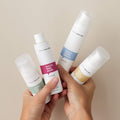
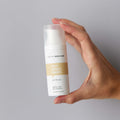
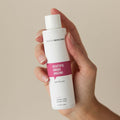
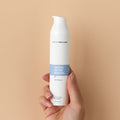
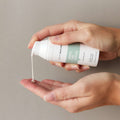
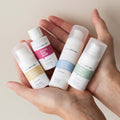
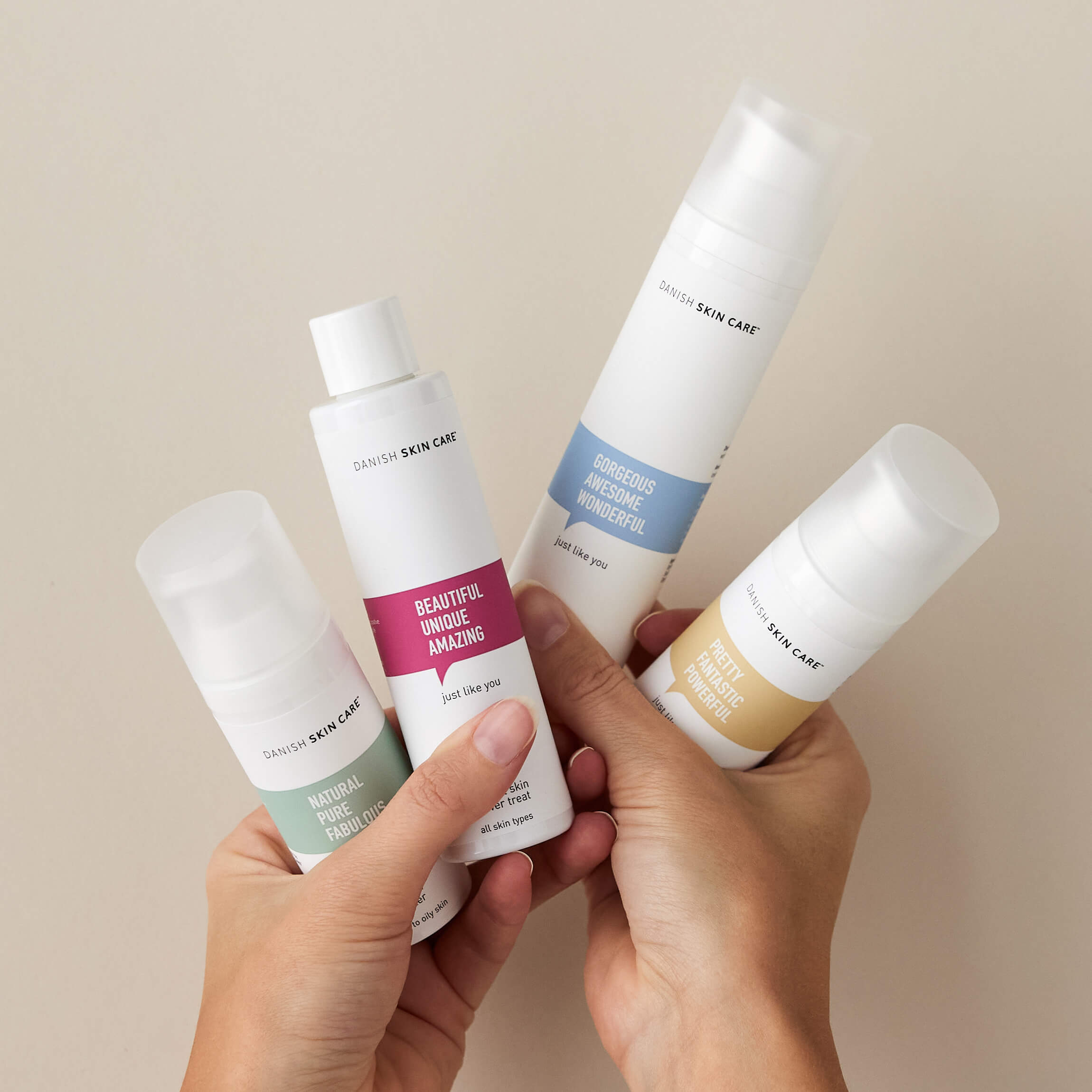
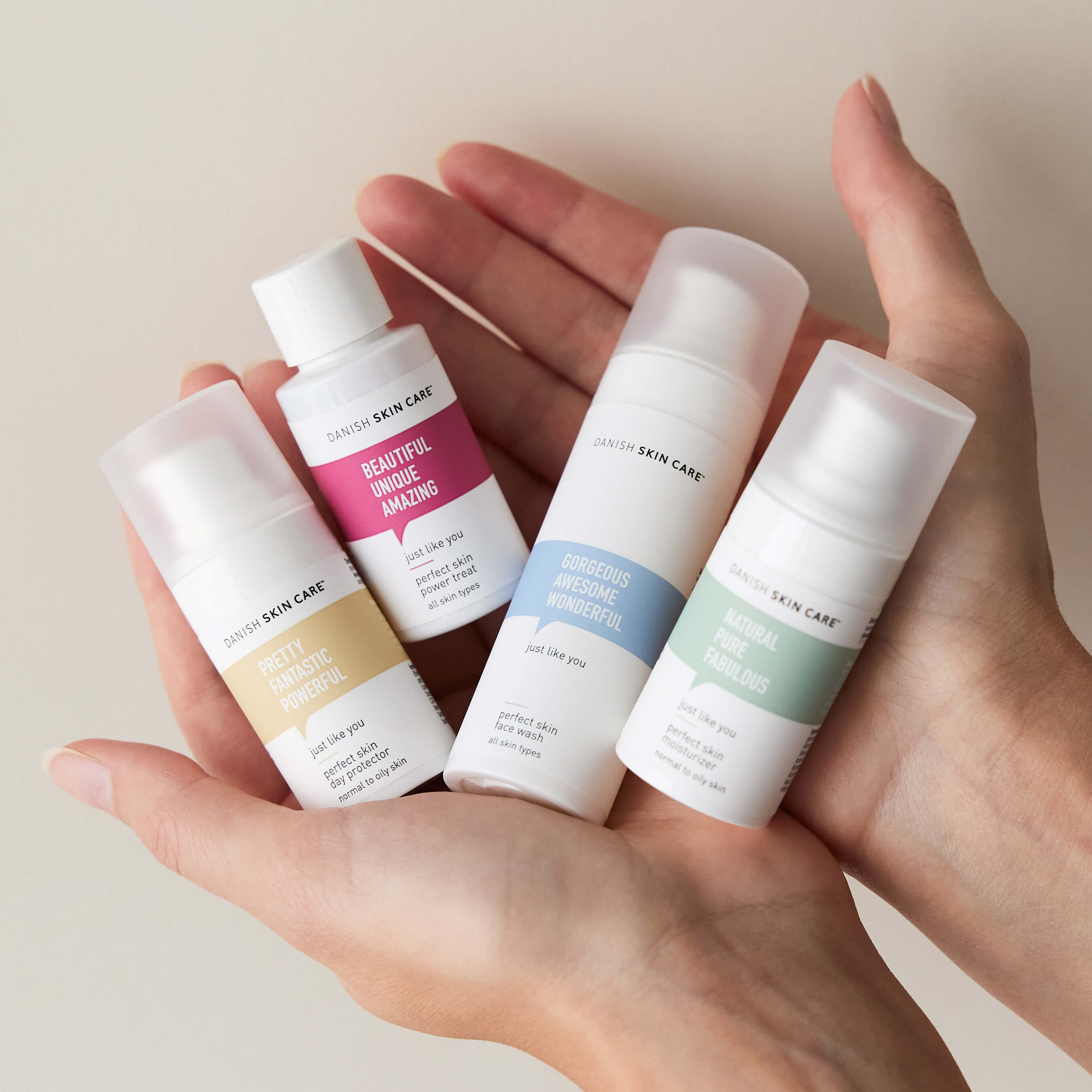

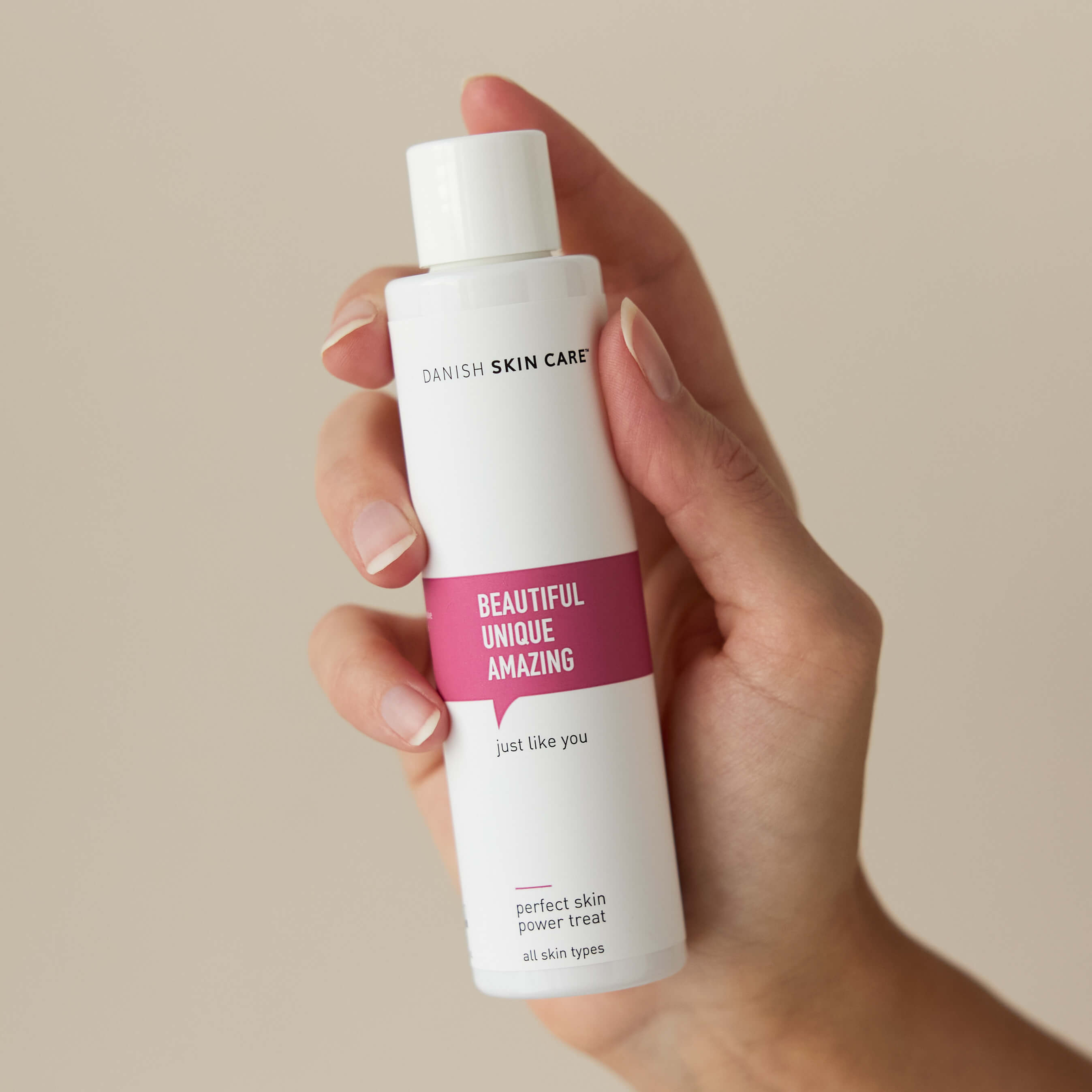


Leave a comment